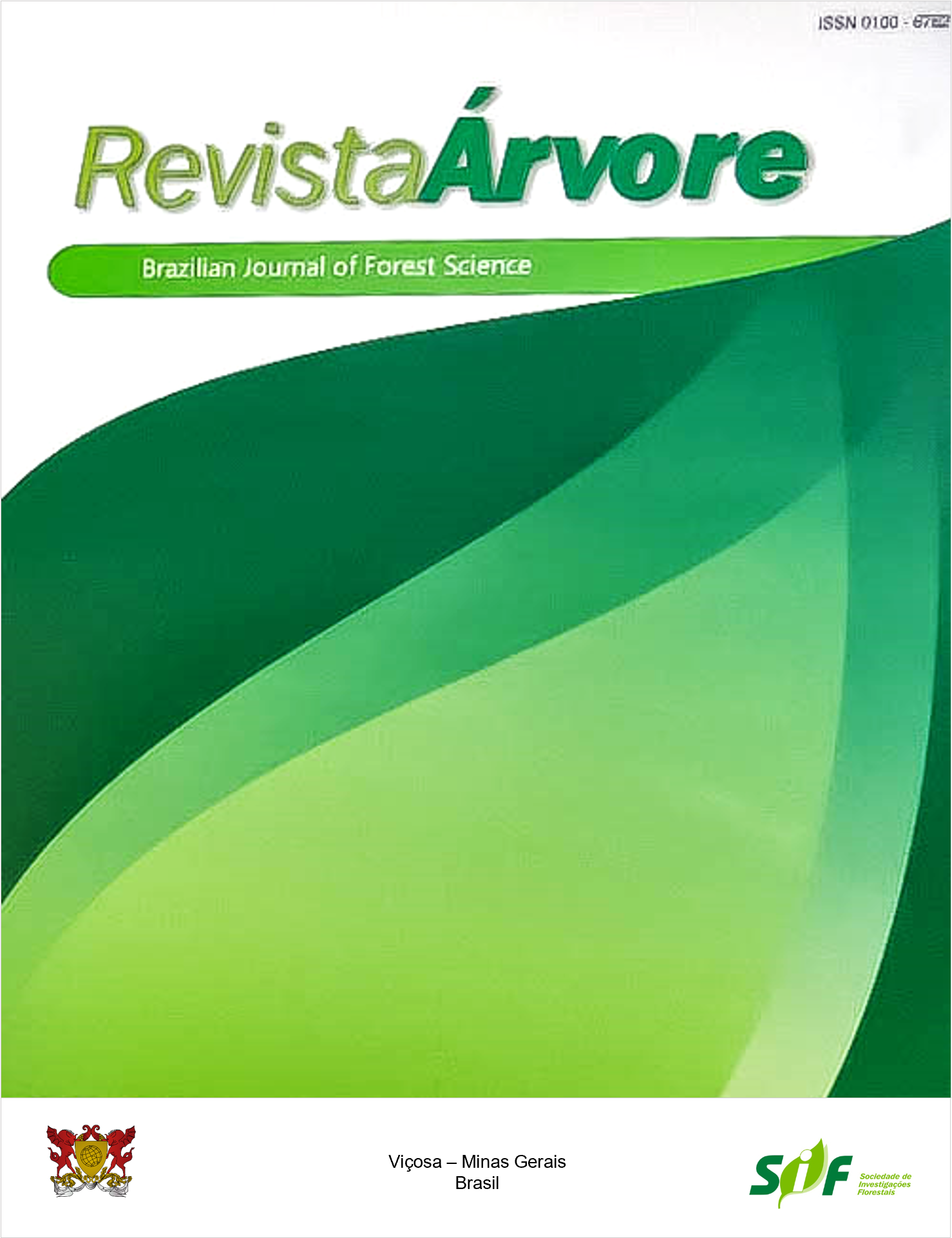PREDICTION OF THE GEOGRAPHIC DISTRIBUTION AND CONSERVATION OF AMAZONIAN PALM TREES Astrocaryum acaule MART. AND Astrocaryum aculeatum MART.
Keywords:
Climate niche modeling, Climate change, Vulnerability of plant speciesAbstract
Astrocaryum aculeatum Mart. Moreover, Astrocaryum acaule Mart. are palm trees with ecological and extractive importance in the Amazon. These are hearty species that have been associated with archaeological sites and thrive in the presence of humans in certain areas. This work aimed to verify the effect of global climate change on the potential geographic distribution of A. acaule and A. aculeatum in the current period and future climate scenarios using ecological niche modeling in Brazilian phytogeographic domains. The modeling was based on 19 bioclimatic variables obtained from the Worldclim website and four algorithms (Climate space model, Envelope Score, Niche Mosaic, and Environmental Distance). Additionally, the Environmental Distance algorithm showed greater similarity regarding species distribution with potential occurrence in the five Brazilian domains (Amazon, Pantanal, Caatinga, Cerrado, and Atlantic Forest). The dispersion patterns were very similar between the two Astrocaryum palms though A. aculeatum was more sensitive to climatic variations. A. acaule may be more resilient to changes, as demonstrated by being able to recolonize in the southern portion of the Amazon in future scenarios in the year 2070. The modeling helped to delimit potential areas for A. aculeatum and A. acaule, indicating the need for the conservation of the species in more sensitive regions.
Keywords: Climate niche modeling; Climate change; Vulnerability of plant species.
Downloads
Published
How to Cite
Issue
Section
License
All authors agreed to submit the work to Revista Árvore and granted the exclusive license to publish the article. The authors affirm that it is an original work and has not been previously published elsewhere. The scientific content and opinions expressed in the article are the sole responsibility of the authors and reflect their opinions, not necessarily representing the opinions of the editorial board of Revista Árvore or of the Society of Forest Investigations (SIF).




